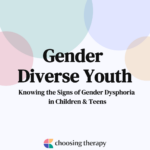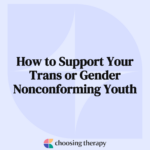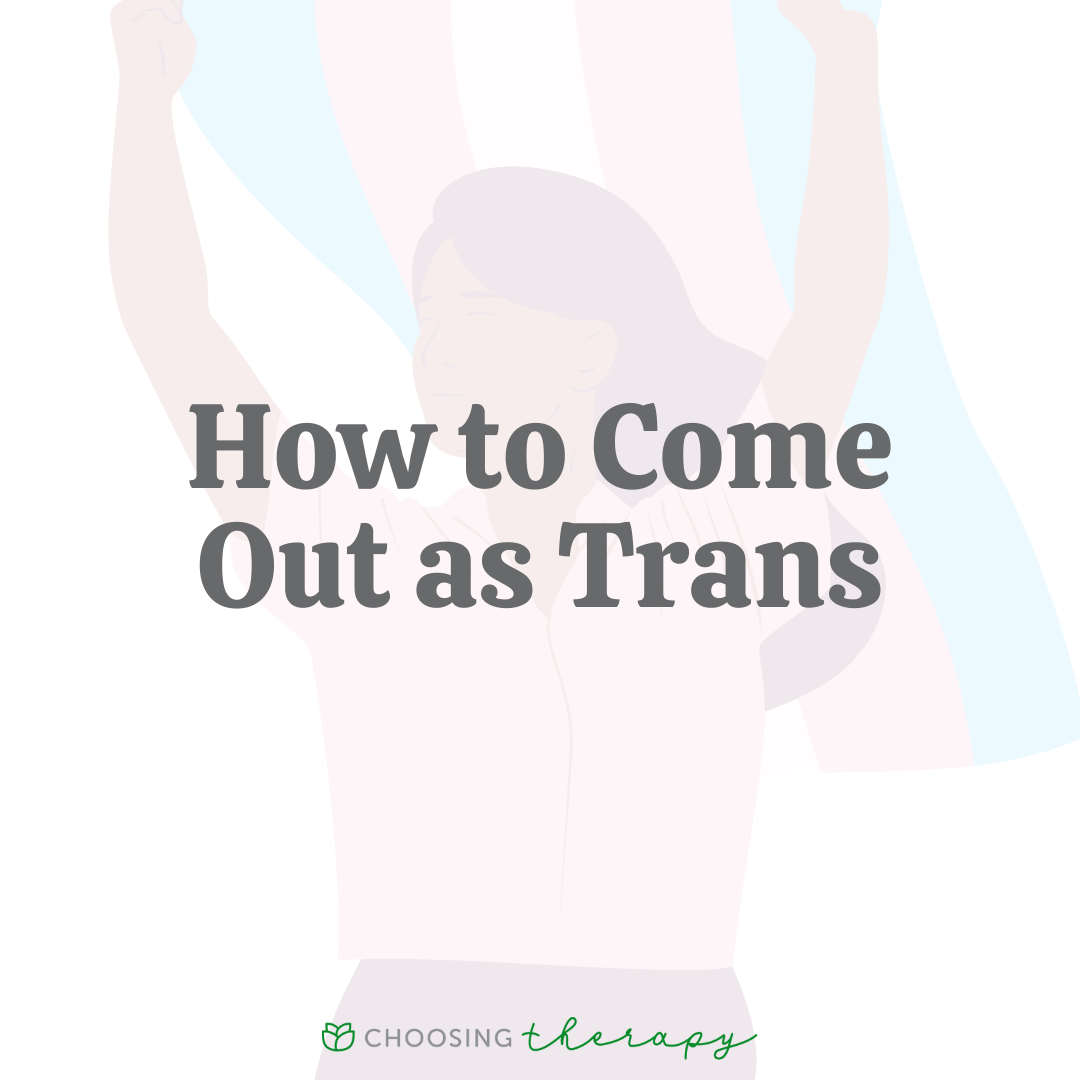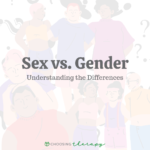
Learn More About LGBTQIA+ Topics
Gender and sexual identity are important aspects of life, and many people feel a deep connection to this side of themselves. However, these characteristics and preferences are not always straightforward. Below are some resources to help you explore your identity and foster your true self.
Featured LGBTQIA+ Articles
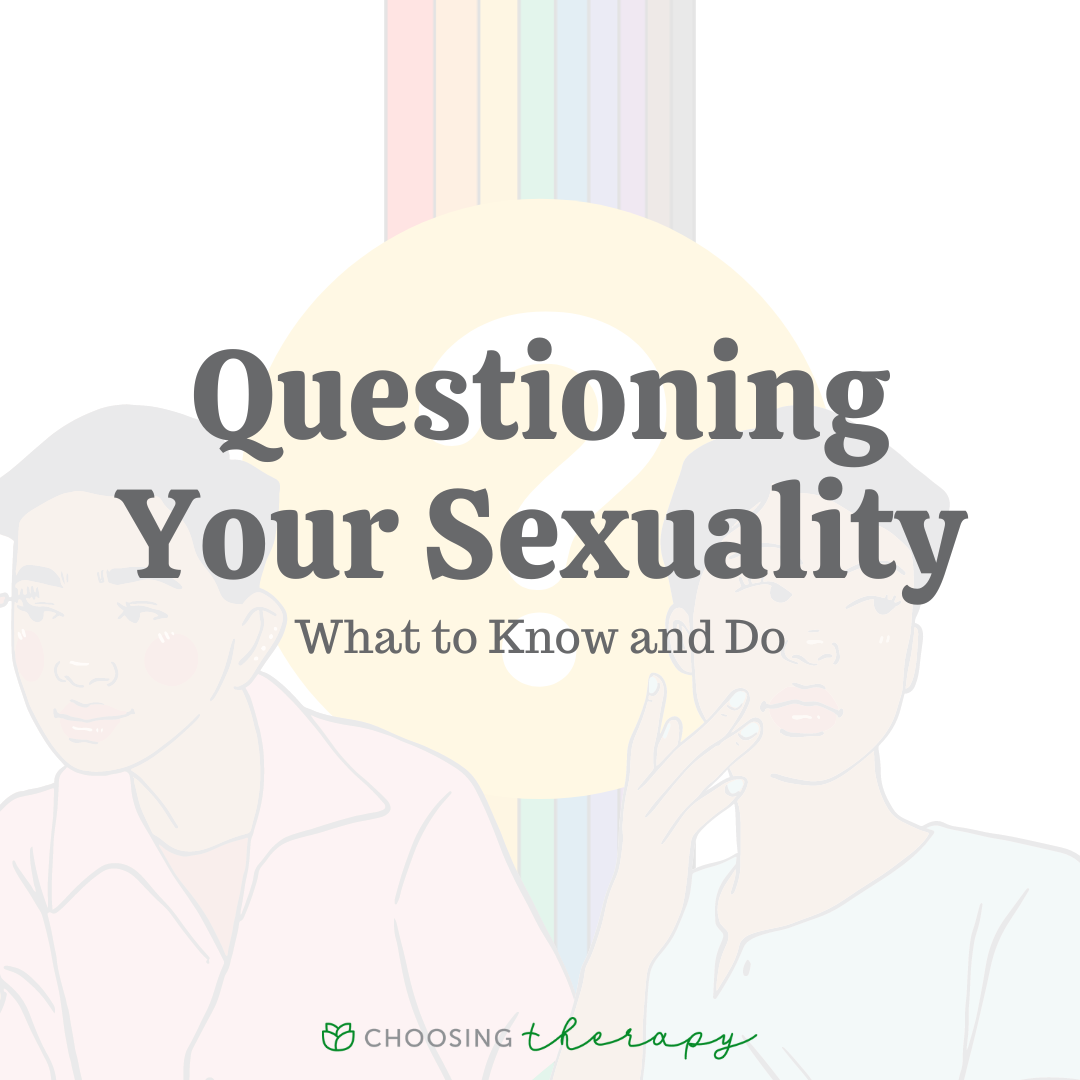
Questioning Your Sexuality: What to Know & Do
Sexuality is a personal element and will likely look different for you than anyone else. Current language and understanding regarding sexuality describe sexuality on a spectrum. Where you fall on that spectrum can be fixed or fluid. Questioning your sexuality is a normal piece of figuring out who you are. If you’re questioning your sexuality, you can start by asking yourself some questions, which will be highlighted below. It is your journey!
by: Allison Zweig, LCSW-C
Internalized Homophobia: Signs, Effects, & How to Deal With It
Internalized homophobia refers to a conscious, subconscious, or unconscious belief by LGBTQ+ individuals that same-sex sexual attraction, behaviors, and relationships are wrong or unacceptable. This occurs because all of us–LGBTQ+ folks included–are socialized in a heteronormative culture that asserts that heterosexual attraction, behavior, and intimate relationships are the only valid experiences and expressions of sexuality.
by: Brian Ackerman, LMSWResources for Coming Out

Understanding Gender & Gender Dysphoria
Gender & Gender Identity
Gender is how we identify internally and express ourselves externally. Unlike sex, gender is not binary and occurs along a spectrum. Our gender identity often changes and adapts throughout our lives as we become more self-aware.
Gender dysphoria refers to the persistent emotional and psychological distress a person experiences due to a mismatch between their gender identity and designated sex at birth.
Gender expression is how someone presents their gender through certain characteristics, mannerisms, and behaviors. For some, their gender expression will stay the same and align with their gender identity. Others may experience their gender as fluid, and their gender expression may or may not reflect this.

Finding an LGBTQIA+ Therapist
FAQ About Sex & Gender
What Is Sexuality?
Sexuality describes who a person does or does not feel physically or sexually attracted to. Sexuality can be static or fluid and change throughout a person’s life.
What Is Genderfluid?
People who are genderfluid experience gender shifts and changes over time. They can feel anywhere along the gender spectrum, or they may lean mainly toward the feminine or masculine side.
What Does It Mean to Be Transgender?
Transgender folks have a gender identity that does not align with their sex assigned at birth. For example, a person born male may identify as female and vice versa.
Read More About LGBTQIA+ Topics




